Tokyo Motor Show 2017: the best new cars and concepts

The bi-annual Tokyo Motor Show is a perfect snapshot of the auto industry’s ever-closer relationship to technology. The big three shifts coming down the road are EVs, autonomous driving and connected cars, and it was the latter theme that underpinned this, the 45th Tokyo show. Although usurped by start-ups in China and the US in recent years, the Japanese industry can still lay claim to being the world’s most sophisticated, both in terms of manufacturing superiority and a welcoming attitude towards technology that speeds up innovation and adoption.
The show’s strapline was ‘Beyond the Motor’, and the emphasis was very much on how cars are used and configured and not how they were actually powered; EVs and hybrids are pretty much taken for granted at this point, but connectivity is the final piece in the jigsaw. A futuristic set of interactive displays used video game tech to illustrate the connected future, turning the car from an individual space into a social one, as well as pooling the information gathered by traffic and feeding it back into your individual demands. For example, feedback from cars already stuck in city centre traffic would be sent back to drivers setting out from the suburbs and give them a chance to re-route or even re-consider their journey.
The big car makers showed a huge variety of concepts, from single-person transporters to sleek traditional saloons and cars that docked with private homes, all reinforcing the message that mobility is a holistic, all-encompassing state of mind, and not just about traditional family car ownership. VR presentations were ubiquitous, with simulations offering up ways to experience autonomous driving, information presentation, even facial recognition systems that detected whether a driver was alert or falling asleep at the wheel. The industry’s myriad suppliers were out in force, beavering away turning the prosaic bits of cars into signposts to the future, from lights to seats to in-car entertainment. The occasional quirky outlier – Yamaha’s bike-riding Motorbot, Takayama Cars’ bizarre telescopic mobile kitchen car – add richness to the stew. Here’s our pick of the best of Tokyo Motor Show.

Mazda: Mazda’s Tokyo display was slightly different from its peers, in that the emphasis was on beauty and emotion, not the nuts and bolts of the technology underneath. The company has been ploughing a lonely furrow with this approach in recent years, but all signs point to it paying off; even the lowliest Mazda has a design pizzaz that’s almost utterly absent in its rivals. The company consolidated its grip on ‘elegant’ design – the so-called ‘Kodo’ approach – with the Vision Coupe (pictured), a big, handsome four-door coupe that was lavishly finished and finely detailed, even it wasn’t entirely on brand. Mazda also showed the more credible Kai concept, a beautifully detailed vision of tomorrow’s city car that emphasised the sculptural over the cute. Elsewhere, the company was pushing its new collaboration with Shiseido, the venerable Japanese perfume brand, reasoning that scent was one of the last sensual bastions not conquered by car makers.
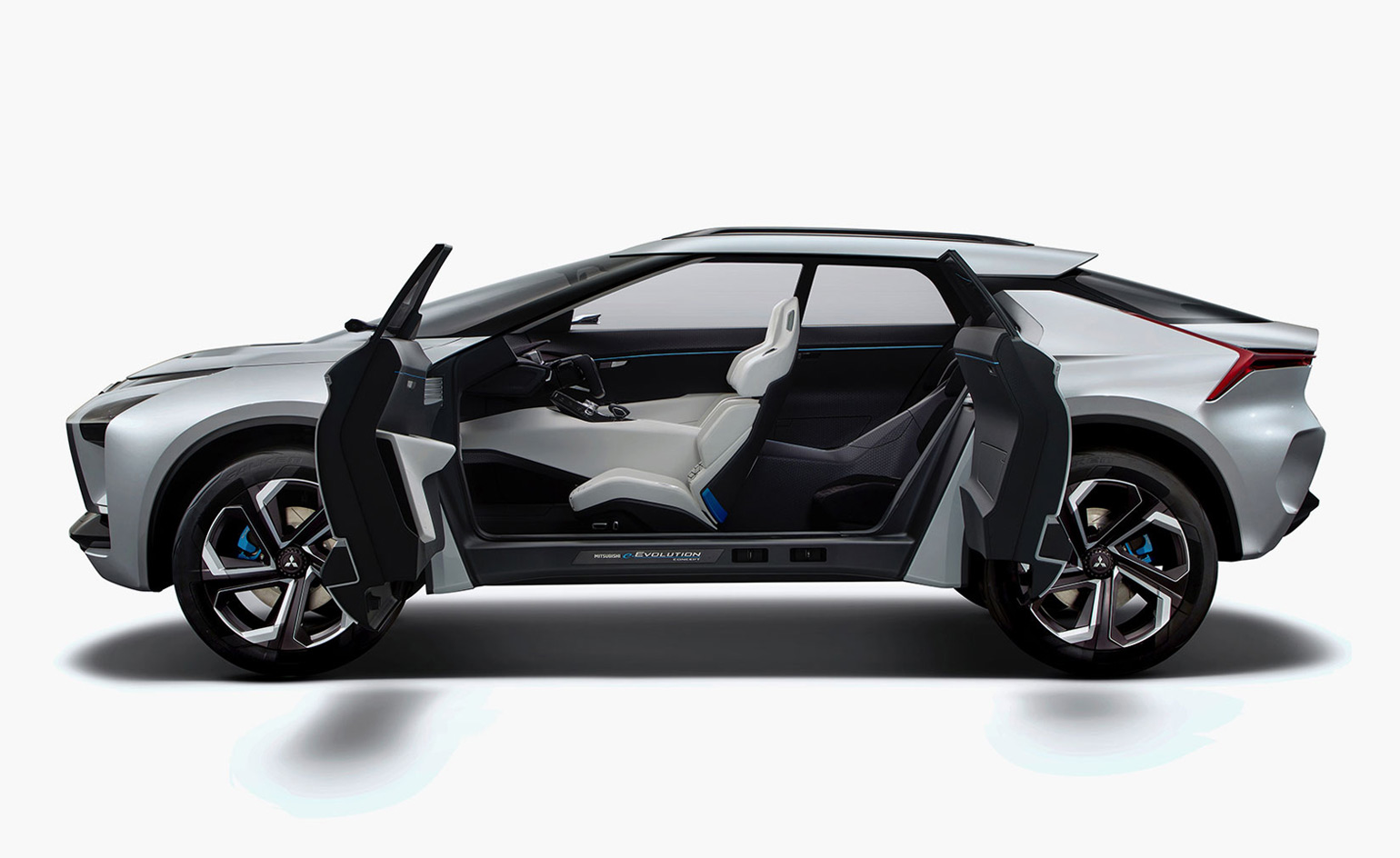
Mitsubishi: Another stalwart of the Japanese industry, Mitsubishi showed the e-EVOLUTION CONCEPT, a confusingly named but characteristically chunky electric crossover that fused the company’s long-running rally heritage with the open, airy, AI-filled digital cockpit of the modern highway cruiser.

Nissan: It’s all about electric mobility for Nissan, currently at the forefront of the company’s EV industry thanks to its long-term investment and experienced garnered with the original Leaf, one of the world’s best-selling electric cars. Leaf Mk2 is now on sale – the company showed a Nismo performance version at Tokyo – but the big news was a new concept, the IMx, yet another crossover concept but one which boasts a range of around 600km, as well as a speculative ProPILOT autonomous system and the capacity to shuffle around the interior to make a more social space – a common theme.
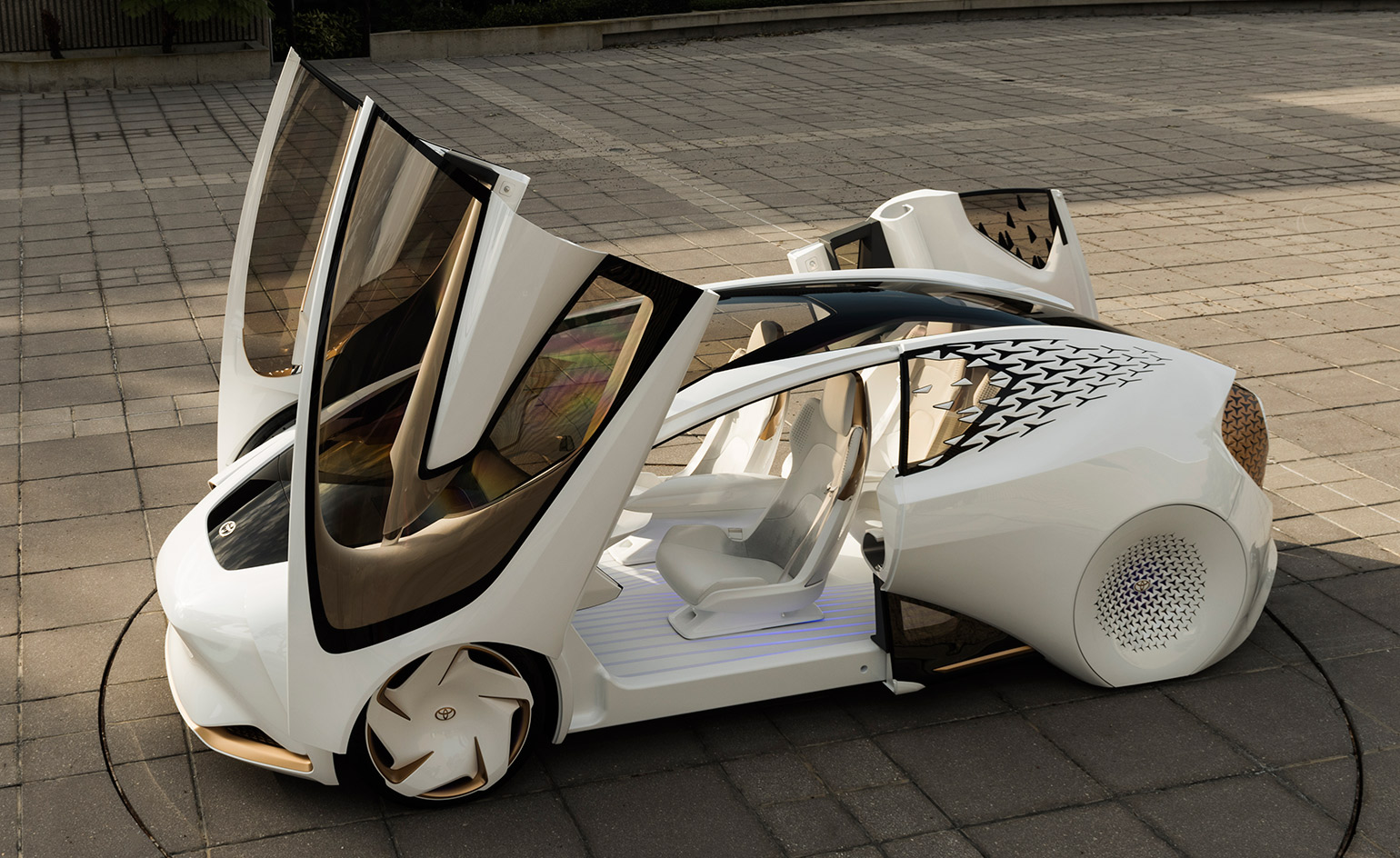
Toyota: This was a big show for Toyota, which has seen its traditional market dominance gradually nibbled away over recent years. Despite being a hybrid pioneer, it was slow to embrace the pure EV and continues to invest heavily in hydrogen, a technology the jury has yet to pass a verdict on. As well as announcing the Drive to Go concept store – aimed at getting young people into car-sharing without committing to buy – the company ran the gamut, from the properly futuristic Concept-i (pictured) and its companion, the Concept-i RIDE, through to the shark-nosed HV sport – a clear play for the heart-strings of the Western driving enthusiast to the ultra-boxy but well-conceived FJ Concept and the incredibly but majestically old-fashioned Century, ‘Japan’s Rolls-Royce’, out of time in terms of style and approach but massively charming nonetheless.
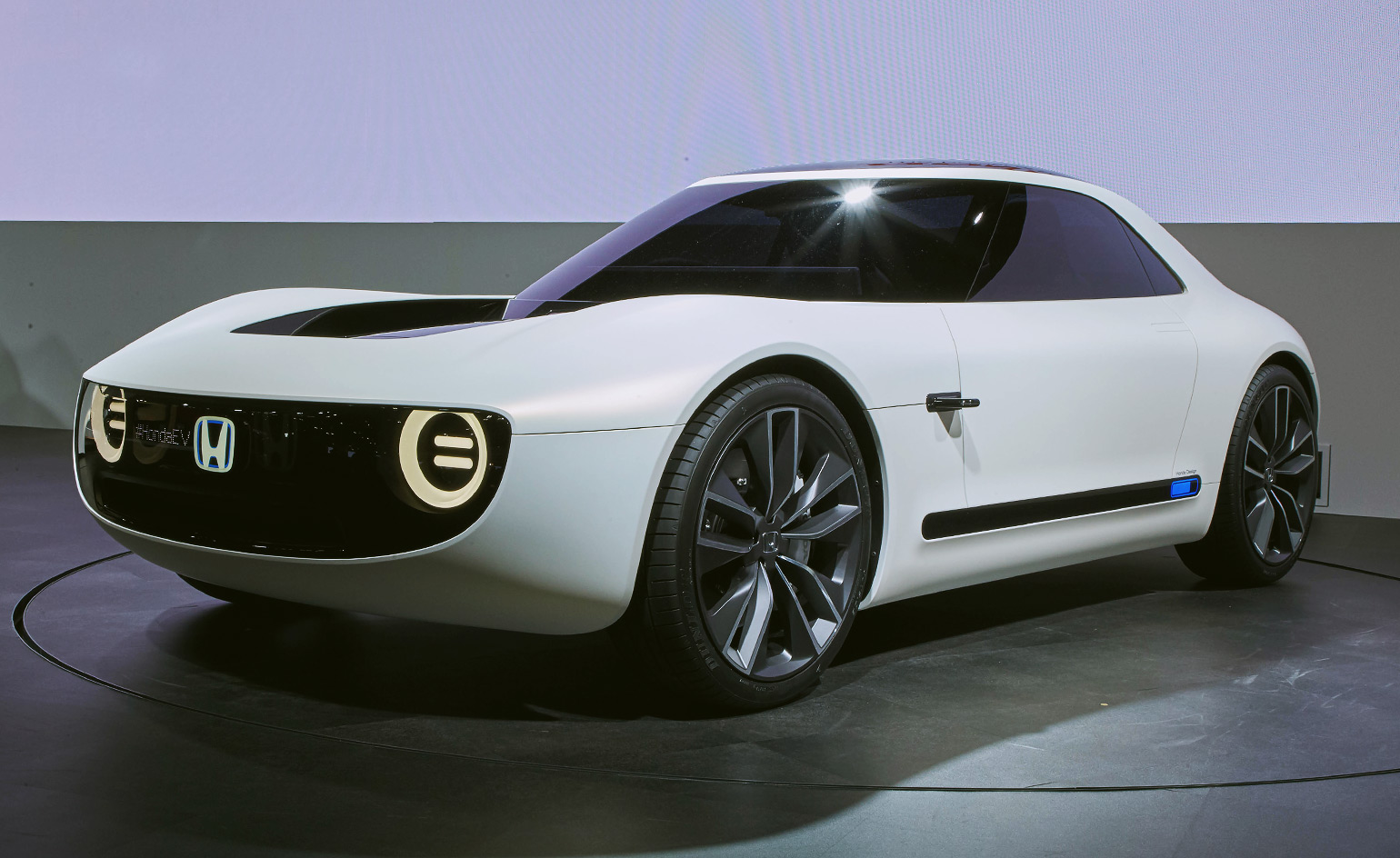
Honda: As part of the Tokyo Connected Lab display, Honda showed a cartoonish but not incredible depiction of tomorrow’s connected suburban home, complete with boxy, dockable people carrier, the le-Mobi, which doubles up as extra living space and a Pixar-like home robot/lawnmower, the Ai-Miimo Concept, pottering about the front yard, picking up parcels and chatting with the neighbours, as well as a myriad number of mobility devices that play to the country’s ageing demographic. On its main stand, Honda showed everything from 1950s style mopeds to the high-tech NSX supercar. Star of the show, however, was the Sports EV Concept (pictured), a companion to the Newson-esque City EV concept, all soft curves and beautifully minimal high-tech interior.
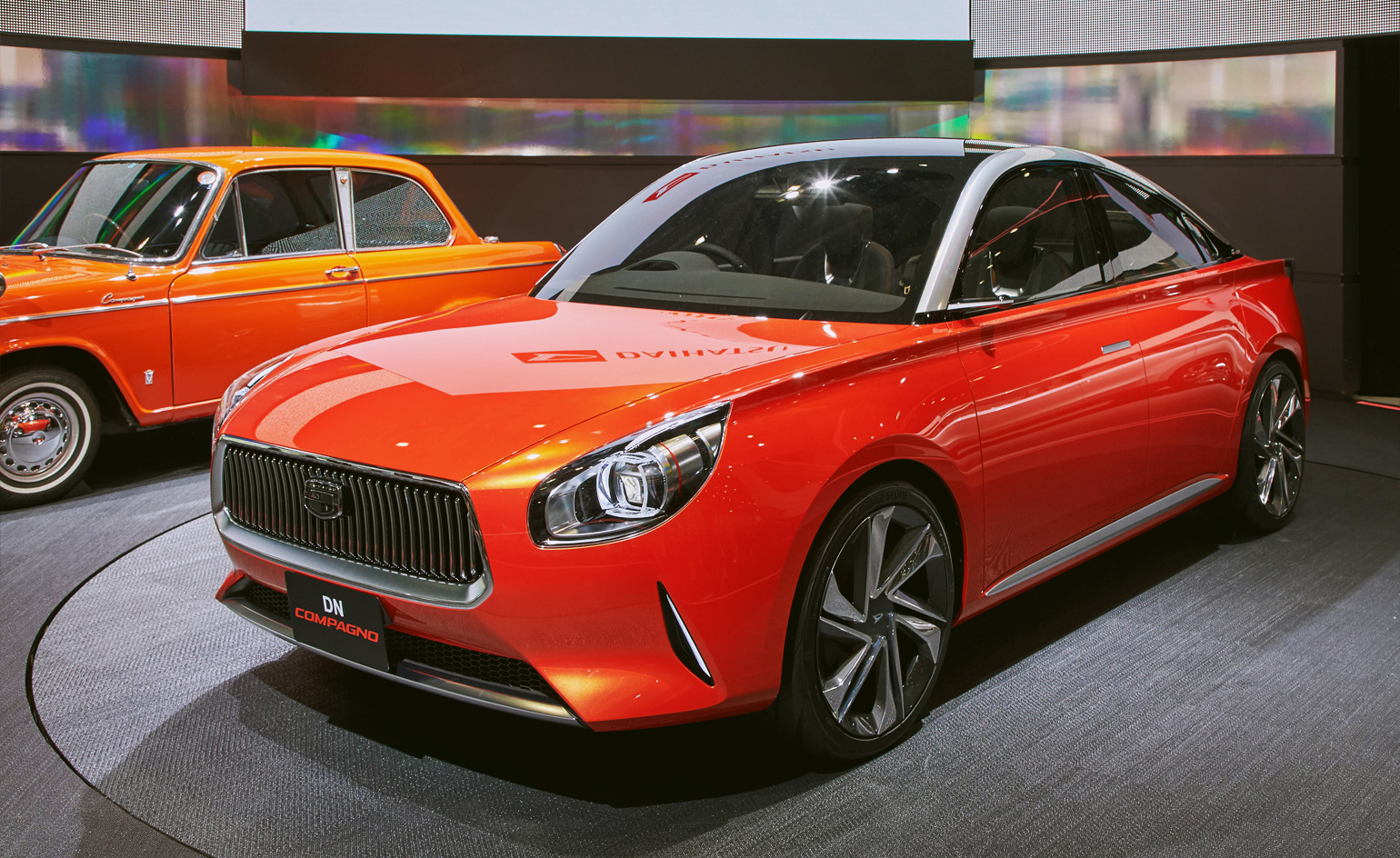
Daihatsu: Not to be outdone, Toyota’s small car subsidiary Daihatsu showed the DN Compagno (pictured), a delightful mini-scale four-door coupe with clear hints of Italian coachbuilding. Japanese retro-modernism at its desirable best. The company also had the DN U Space, a box on wheels, pushing the idea as the car as little more than white goods.
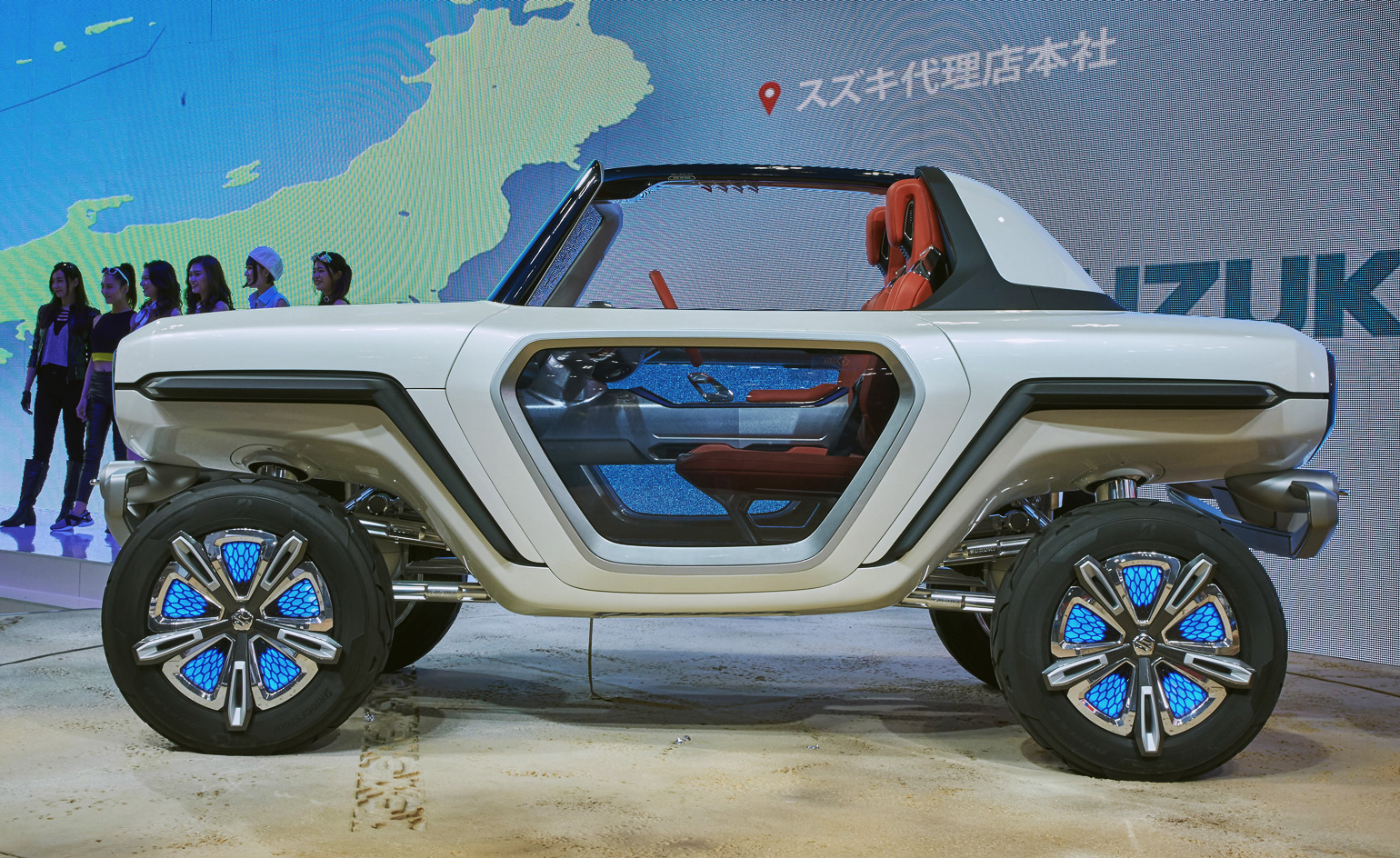
Suzuki: Mobility means many things, and Suzuki showed a proper mobility scooter in amongst its cute mini SUVs, notably the bulbous x-Bee, which continued the country’s tradition of aesthetically similar Tall Vans, offered by almost every manufacturer to squeeze into laws governing certain maximum vehicle sizes. Suzuki also had the e-Survivor (pictured), a push me-pull you styled futuristic small off-roader.
Receive our daily digest of inspiration, escapism and design stories from around the world direct to your inbox.
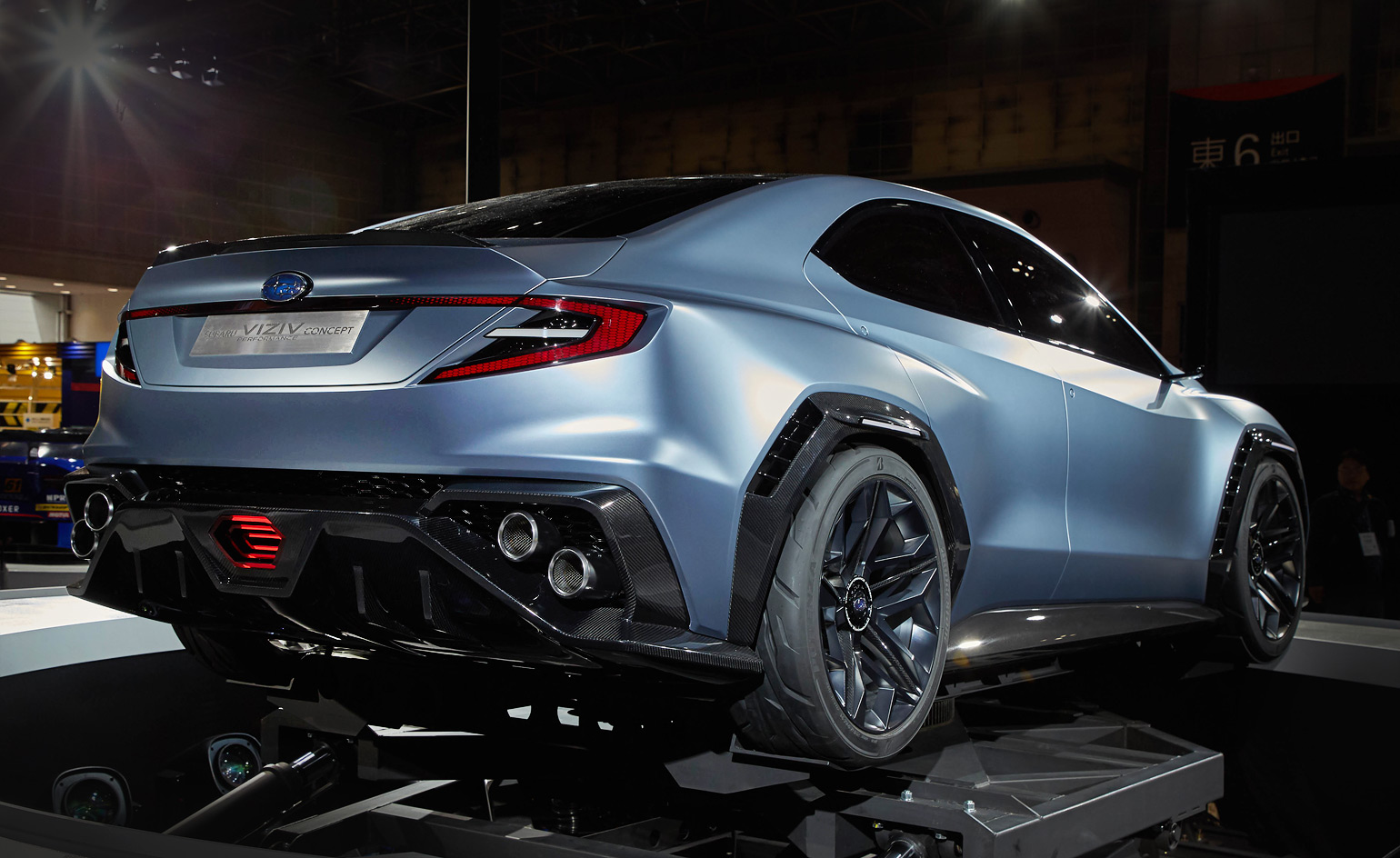
Subaru: Design chops have never been Subaru’s speciality, but the chunky Visiz concept made a decent fist of taking the marque’s core qualities – sporting, reliable, practical – into a crossover style vehicle of tomorrow.
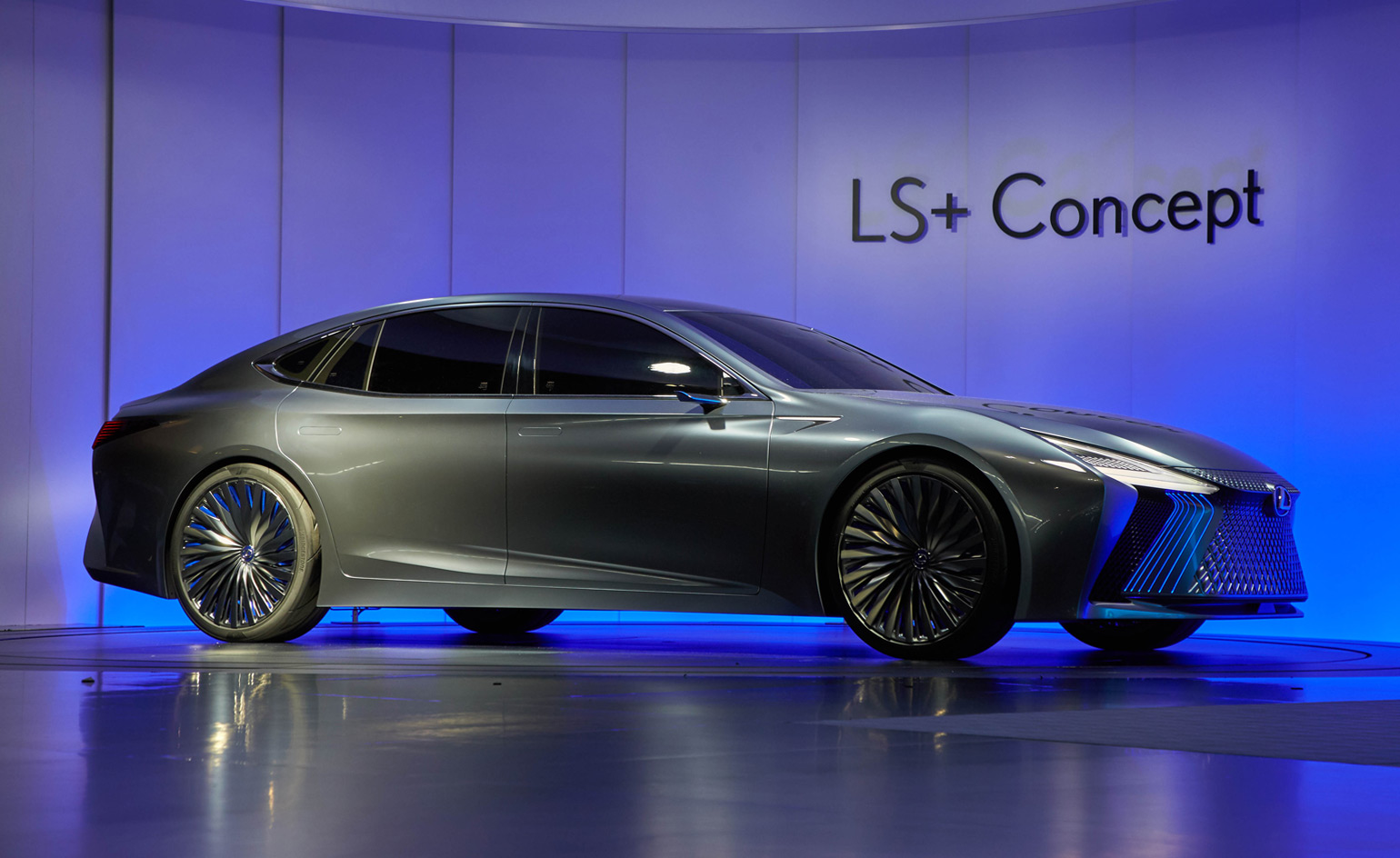
Lexus: Perhaps overshadowed by parent group Toyota’s wide range of cutting-edge concepts, Lexus had a relatively low-key show. Its LS+ Concept previewed the next generation of the company’s mid-range luxury car, complete with comprehensive autonomous driving skills and styling that extended the signature ‘spindle’ grille into a kind of fishnet-style wrapping across the front of the car.
INFORMATION
For more information, visit the Tokyo Motor Show website
Jonathan Bell has written for Wallpaper* magazine since 1999, covering everything from architecture and transport design to books, tech and graphic design. He is now the magazine’s Transport and Technology Editor. Jonathan has written and edited 15 books, including Concept Car Design, 21st Century House, and The New Modern House. He is also the host of Wallpaper’s first podcast.
-
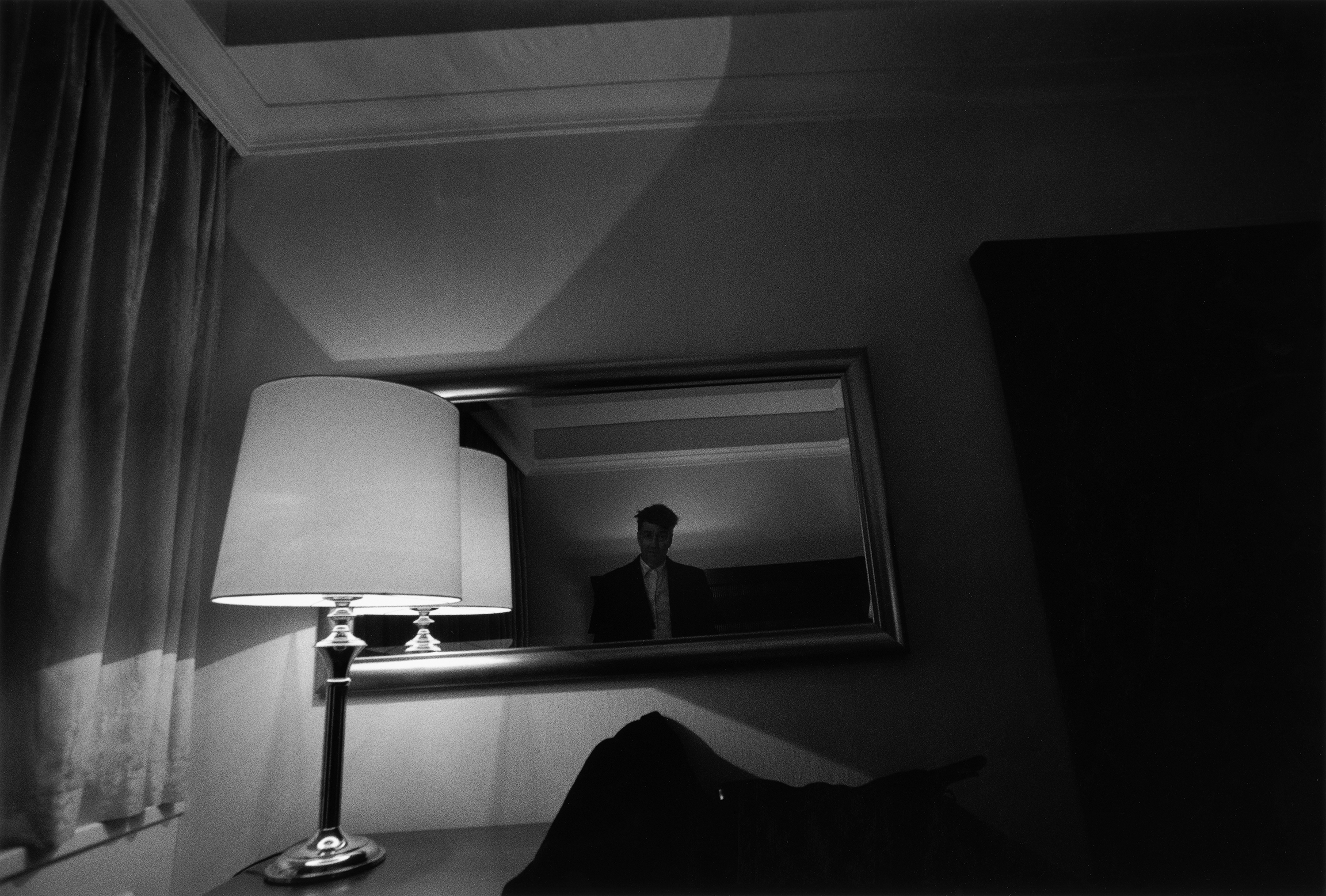 David Lynch’s photographs and sculptures are darkly alluring in Berlin
David Lynch’s photographs and sculptures are darkly alluring in BerlinThe late film director’s artistic practice is the focus of a new exhibition at Pace Gallery, Berlin (29 January – 22 March 2026)
-
 Roland and Karimoku expand their range of handcrafted Kiyola digital pianos
Roland and Karimoku expand their range of handcrafted Kiyola digital pianosThe new Roland KF-20 and KF-25 are the latest exquisitely crafted digital pianos from Roland, fusing traditional furniture-making methods with high-tech sound
-
 Fulham FC’s new Riverside Stand by Populous reshapes the match-day experience and beyond
Fulham FC’s new Riverside Stand by Populous reshapes the match-day experience and beyondPopulous has transformed Fulham FC’s image with a glamorous new stand, part of its mission to create the next generation of entertainment architecture, from London to Rome and Riyadh
-
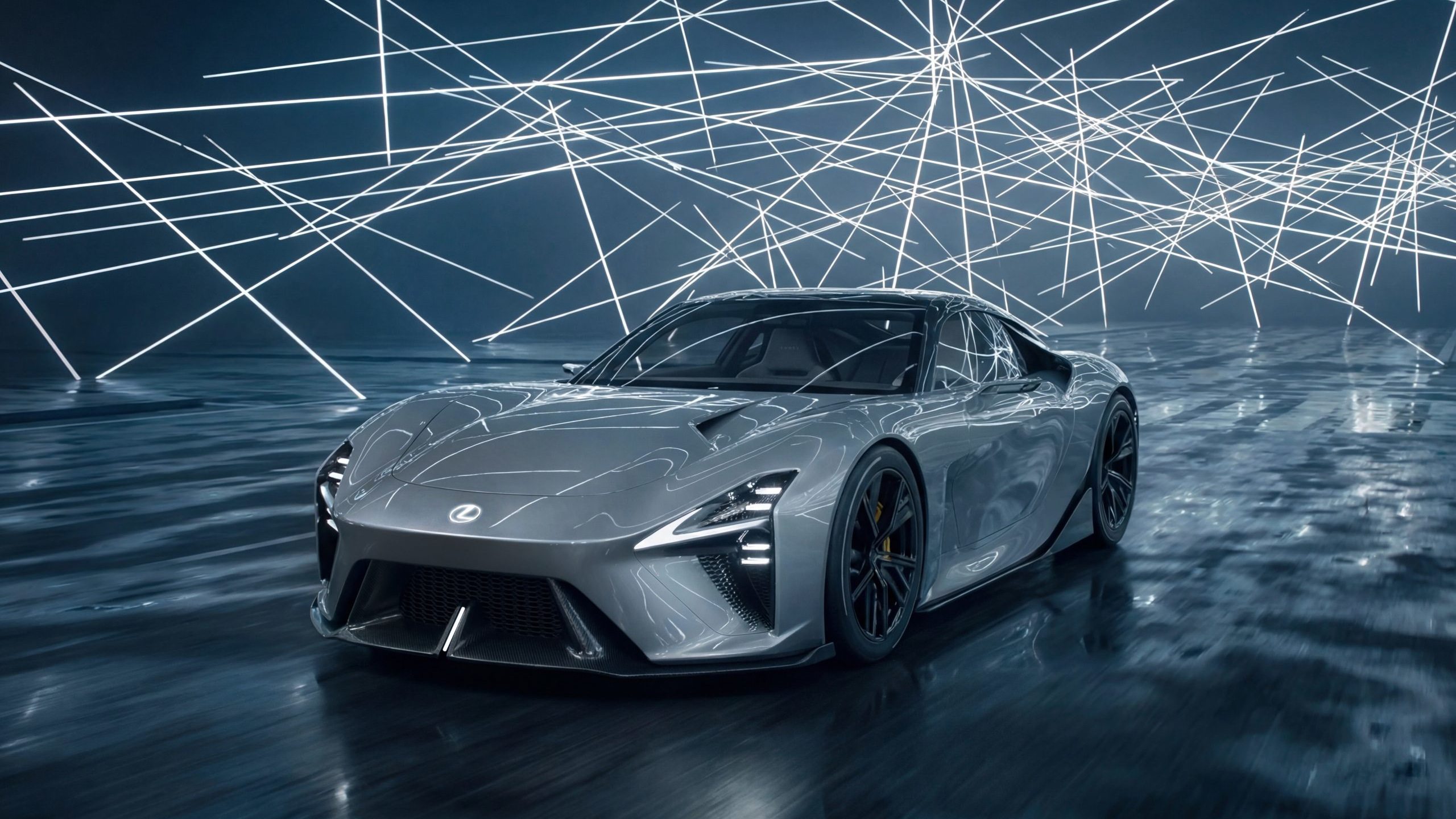 Lexus finally confirms the name of its all-electric LFA Concept supercar
Lexus finally confirms the name of its all-electric LFA Concept supercarStill designated a design study, the Lexus LFA Concept should be the successor to the most unlikely of all 20th-century supercars
-
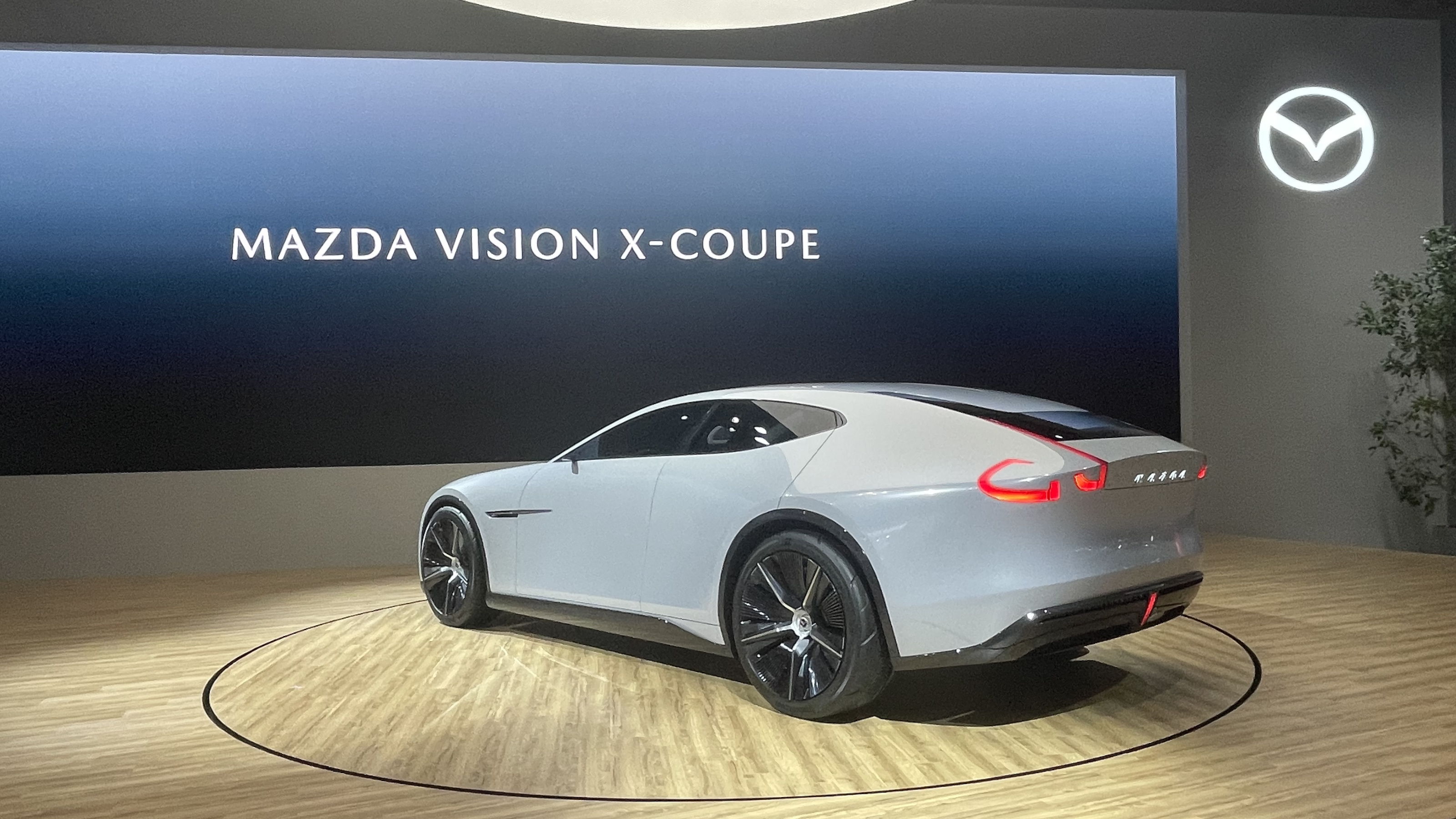 Wheels of the weird and wonderful: how the 2025 Japan Mobility Show met its brief
Wheels of the weird and wonderful: how the 2025 Japan Mobility Show met its briefWe bring you our selection of the ten most futuristic concepts and fascinating forthcoming machinery at Tokyo's Japan Mobility Show
-
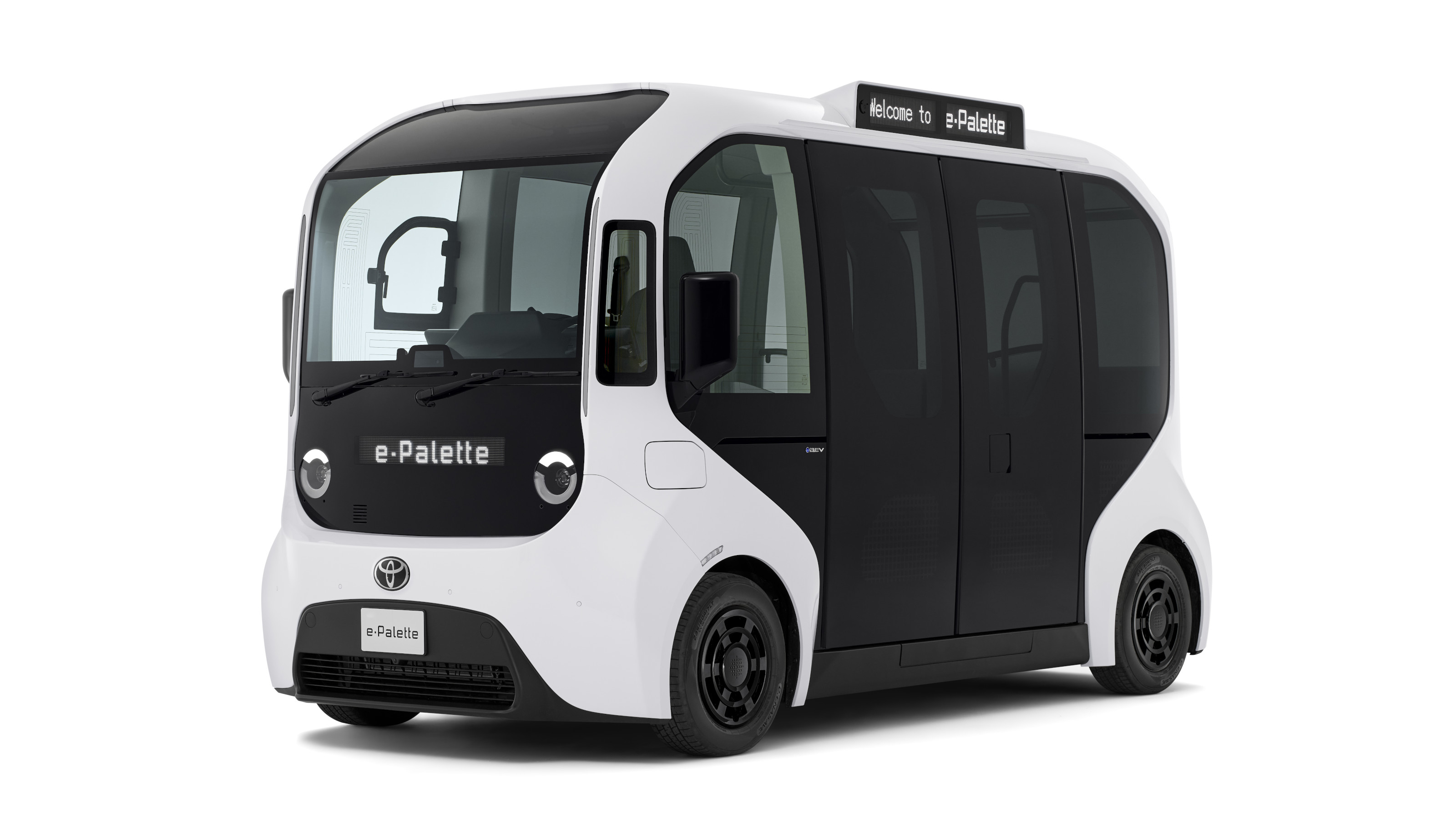 You can now buy Toyota’s robotised micro-bus, with more autonomy coming soon
You can now buy Toyota’s robotised micro-bus, with more autonomy coming soonThe Toyota e-Palette is the urban transport of the future, a multifunctional autonomous vehicle designed to cover several roles in the same day
-
 With the FT-Me Concept, Toyota is thinking big about the power of micromobility
With the FT-Me Concept, Toyota is thinking big about the power of micromobilityWe talk ultra-compact city cars with the head of New Mobility at Toyota Motor Europe
-
 Lexus makes its mark on Milan Design Week 2025 with four new interactive installations
Lexus makes its mark on Milan Design Week 2025 with four new interactive installationsLexus’ annual installation at Milan Design Week focuses on human-centred technology and the role of data and design in shaping the luxury car of the future
-
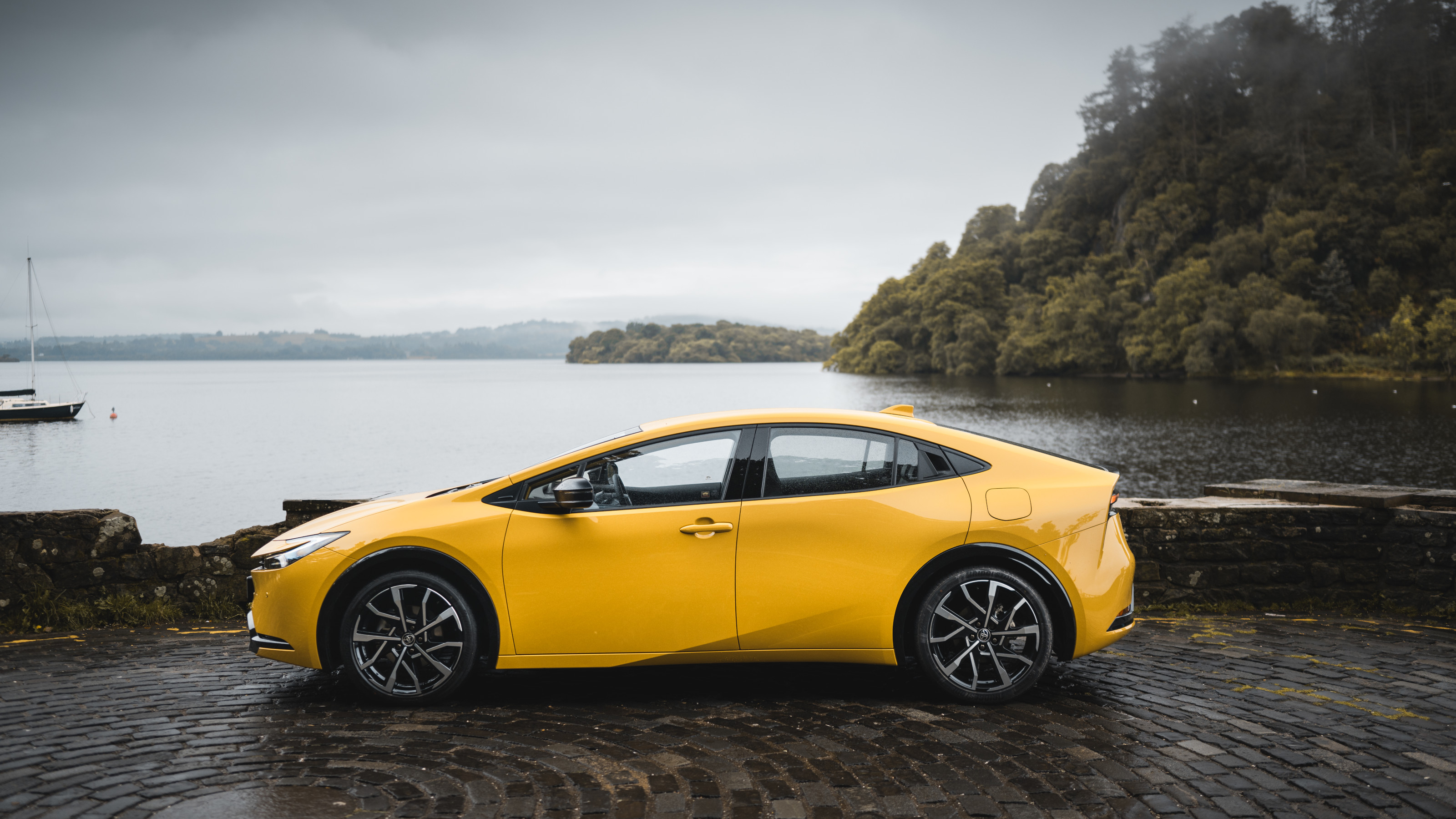 Why the Toyota Prius is the stealthiest and most discreet automotive choice you can make
Why the Toyota Prius is the stealthiest and most discreet automotive choice you can makeThe billions that Toyota poured into hybrid development has paid off. We sample the stylish fifth-generation Prius and reckon it’s the best yet
-
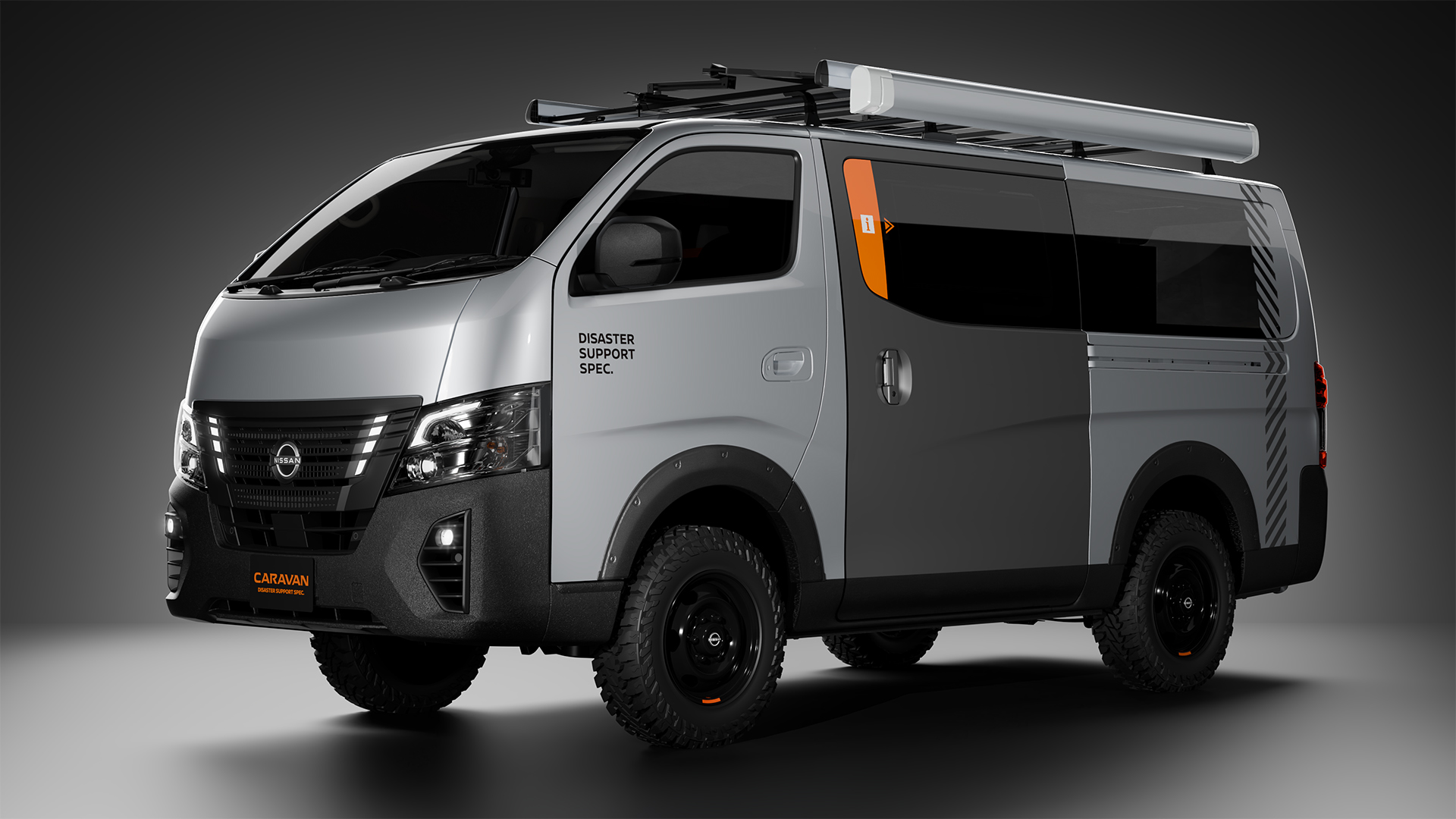 Tokyo Auto Salon 2025: custom cars and one-off creations from the Japanese home market
Tokyo Auto Salon 2025: custom cars and one-off creations from the Japanese home marketWhat began as a celebration of Japan's custom car culture is a now a major event for many of the country's biggest automakers. We round up the news from Tokyo Auto Salon 2025
-
 Quirky but quotidian, Toyota’s C-HR has brave looks but is a risk-free proposition
Quirky but quotidian, Toyota’s C-HR has brave looks but is a risk-free propositionToyota’s oddball C-HR might have concept car looks, but it’s still a rigorously engineered machine for those who like their cars to be solid, safe and reliable